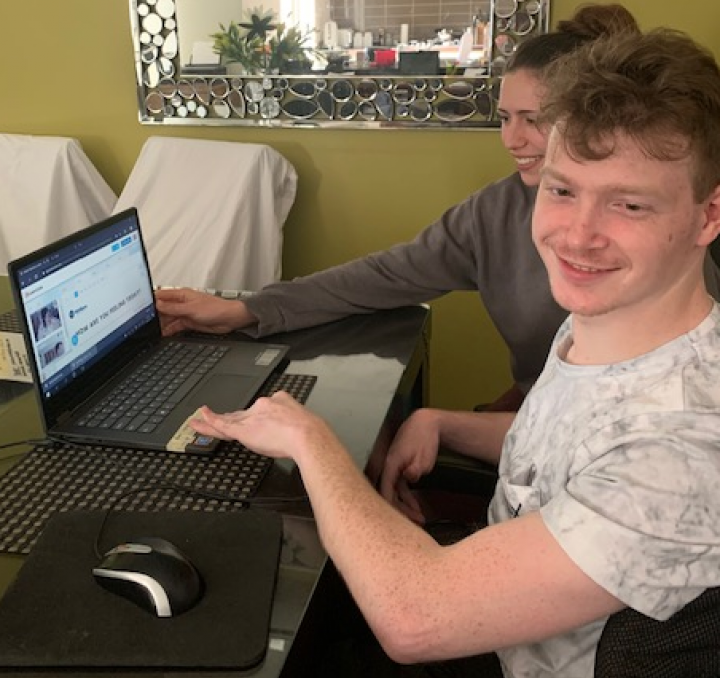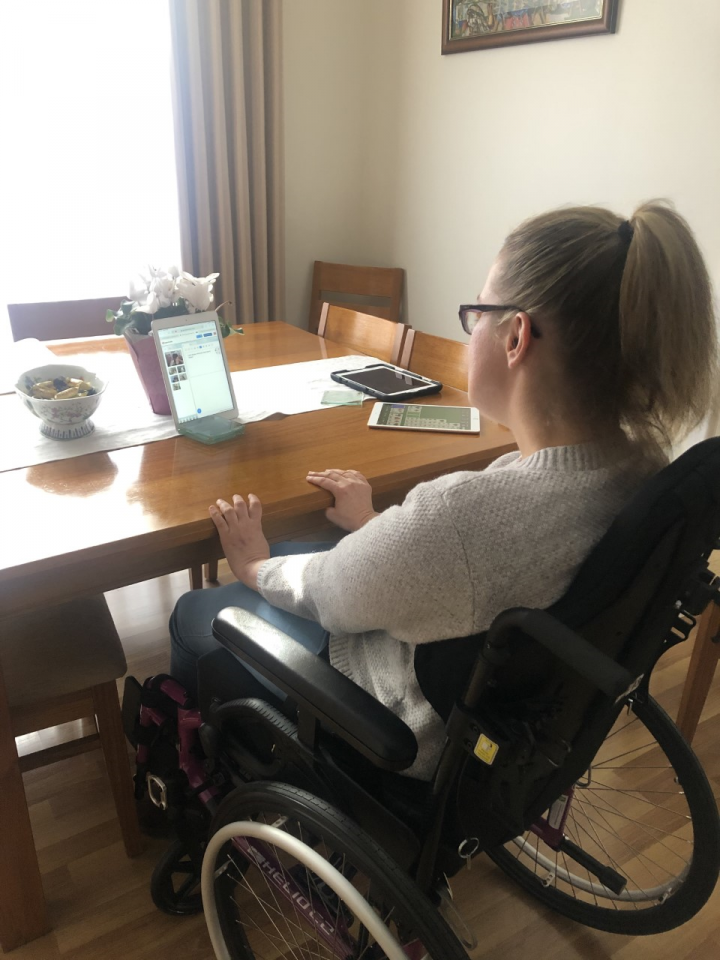As the pandemic drags on, inclusion experts are calling on companies to turn newly formed flexible working habits into permanent policy so the long-term inclusion benefits can be realised.
Workplace flexibility* has major positive implications for inclusion and diversity. It can increase the participation of underrepresented groups in the workforce such as women, people with disabilities and people in lower socio-economic groups because it opens the door to remote working and more flexible schedules. Such policies can mean employees are able to work more hours and extend the life of their careers.
Phil Hayes-Brown, CEO of disability service provider Wallara, says the broader use of digital technology to conduct work could lead to major accessibility advantages.
“For many people with disabilities, the physical commute to work can be so challenging, so to be able to dial in and for that remote work pathway not to be frowned upon or disrespected is considerable progress,” he said.
While the benefits of flexible working are widely recognised, our ingrained attitudes and behaviours have prevented us from making much progress in the area. However, behavioural-science research tells us that moments of substantial change that force habits to be broken can be capitalized upon to encourage the uptake of new behaviours[1]. In this way, the COVID-19 pandemic has created a rare set of circumstances conducive to change.
“Over the last 50 years, we’ve seen slow progress in the adoption and acceptance of flexible working arrangements despite the technological advancement that would have permitted it, because changing our behaviour is hard,” Inclusive Australia CEO Andrea Pearman said.
“But the circumstances of the last few months have forced us to change our habits and rethink the way we work. This cultural shift provides the perfect platform for leaders to implement permanent policies that would create a more level playing field for employees.”

According to May figures from the ABS, nearly half of employed Australians worked from home in late-April to early-May this year. This has led to more than just a change in policies and practices, but a change in mindset that would have taken years or decades to achieve.
“We have just run the biggest pilot ever, now let’s get on with it. The progress has already been made, so the challenge is not to regress,” Coles Diversity and Inclusion Manager Katie Wyatt said.
Inclusive Sport Director Merrilee Barnes said, “People who wanted flexible working arrangements were previously seen to be bucking the norm. But we now know it works and we’ve proven we can still get the work done”.
“We have actually broken down barriers for the employee as well as the manager. Employees have been validated in their decision to work flexibly and not made to feel like they are doing something wrong.”
According to Molly Green from recruitment agency Six Degrees Executive, companies are still taking stock of the situation and assessing “what’s next”.
“This is a major shift in the way we work and there is a still a lot of uncertainty surrounding how workplace flexibility will manifest in the future. While everyone is working flexibly now, many companies are still working out what the permanent solution is”, she said.
“I can see Australia moving to a hybrid system – both in office and remote working - and I think that would be the best. It just means organisations have to be more outcome oriented than time oriented.”
Wyatt says Coles is considering how it will apply the learnings to future office design and talent acquisition, which will no longer be constrained by local markets or physical location.
“As IT is the greatest enabler, the Government needs to do more for broadband and connectivity, large corporates need to do more to invest and support their workers, and the not-for-profit sector needs to be innovative and reach out for support in building their own platforms,” she said.
*Workplace flexibility means ‘employees and their supervisors have some choice and control over when, where, how work gets done, and what work tasks are assumed by which employees’.[2]
[1] Verplanken et al. 2018, ‘Cracks in the Wall: Habit Discontinuities as Vehicles for Behaviour Change’, The Psychology of Habit, Chapter 11, p.13.
[2] Pitt-Catsouphes, M, Matz-Costa, C & Besen, E 2009, 'Workplace flexibility: Findings from the Age & Generations Study', The Sloan Center for Ageing & Work at Boston College, Issue Brief 19, p.4.


If you would like more information on the following article please contact andrea.pearman@inclusiveaustralia.com.au
Let us know!

